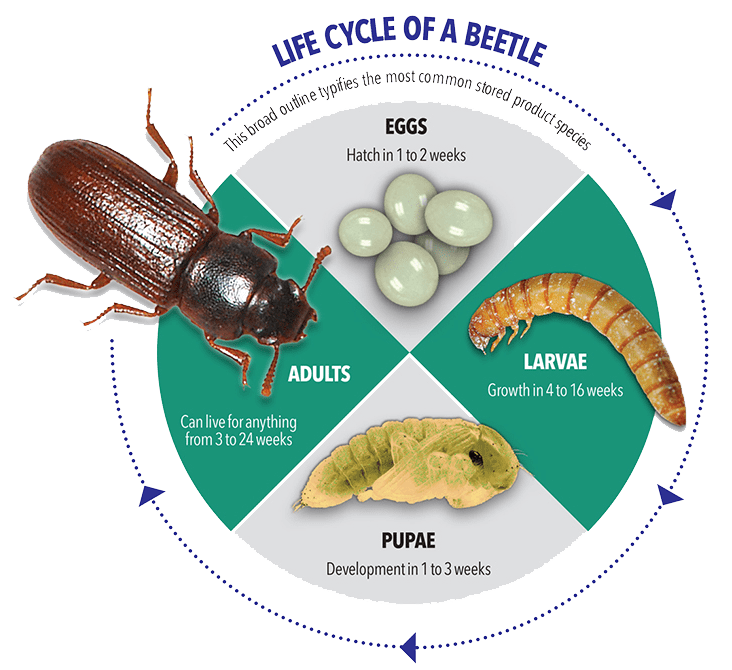
Cigar beetles popularization and prevention
Cigar beetles popularization and prevention
Cigar beetles are a very common problem in cigar communities, and we are often troubled by them, so today let's talk about them.
The following popular content and pictures are from Wikipedia, and the treatment is based on personal experience. At the end, there are pictures of cigar beetles (tobacco beetles) in normal view, so that cigar smokers can distinguish them.
The cigar beetle is a species of tobacco beetle [Lasioderma serricorne (Fabricius)].
Pest characteristics
The larvae feed on tobacco and tea leaves during storage and cause mold; they can also feed on grain and other storage materials; they eat many kinds of processed food products and cause serious losses to the tobacco industry.
Morphological characteristics
The adult body is ovoid, about 3 mm long, reddish yellow to reddish-brown. The head is born under the prothorax and cannot be seen on the back. The dorsal plate of the prothorax is highly convex and rounded. The compound eyes are large and black. Antennal segments 11, serrated. The carinae on the sheath wings are inconspicuous and not arranged in longitudinal rows.
Habitat and Habits
The tobacco beetle is a worldwide storage pest with a complex diet. In grain warehouses, it damages grains, beans, oilseeds, and other grains; in tobacco warehouses, it damages tobacco products such as stored tobacco leaves, cigarettes, and cigars.
Life cycle and morphology of each developmental stage
The optimum conditions for the development of the tobacco beetle are a temperature of 30°C and relative humidity of 70%, and it takes about 24 days to complete its life cycle in this optimum environment. Each female can lay more than 100 eggs in her lifetime. Eggs are laid in the crevices of tobacco leaves or in the depressions of grain, one egg at a time. The tobacco beetle damages stored tobacco, but it cannot lay eggs on tobacco leaves grown in the field.

Habitat
Adults are phototropic. The first hatchlings are active and feed on the flesh of the leaves, leaving the epidermis behind; the larvae like to hide in sheltered places or in storage to feed or stove-feed on tobacco stalks and handles. Tobacco beetle larvae are 5-6 years old. The larvae are 4 or 7 years old. Cultivate the fastest, after maturity secretions decorated with food, debris in the crevices of the white tough thin cocoon fixed in the host surface, pupation in which some do not make cocoon can also pupate. Natural enemies are rice elephants golden wasps, etc.
Damage to cigars and roasted tobacco
The insect is particularly fond of eating tobacco leaves that are being mellowed, and can enter the interior of the cigarette with the processed tobacco, eat the tobacco and moth through the cigarette paper; the insect's carcass and dung pollute the tobacco leaves and tobacco products, seriously affecting the availability of tobacco leaves and cigarette quality.

How to deal with cigars ate with the insects
- "Nucleic acid": If you find a cigar with insects, you should check the whole cabinet of cigars and tea leaves at home.
- "Isolation and treatment": If you check the cigars with the bugs, don't put them together with the ones in the cabinet, take them out separately and remove the bugs and then make some adjustments so that you can smoke them normally.
- The easiest and most effective way is to put the cigars in the refrigerator for 6-12 hours. When you find larvae, adjust the temperature of the cigar cabinet to 15℃ to prevent and control them. Black

Follow us on Facebook: https://www.facebook.com/rachingofficial
Twitter:https://twitter.com/RachingOfficial
Email: rachingtech@gmail.com

